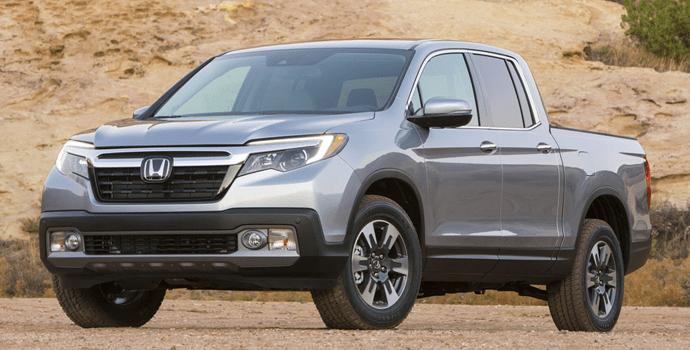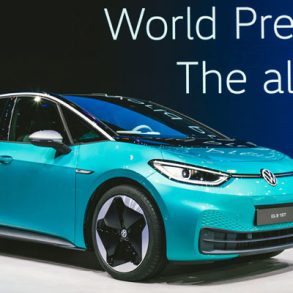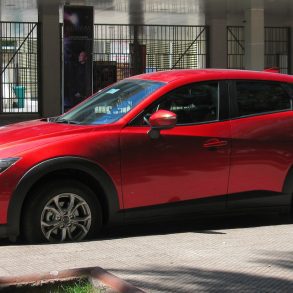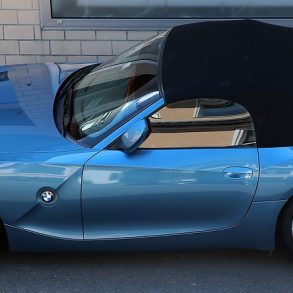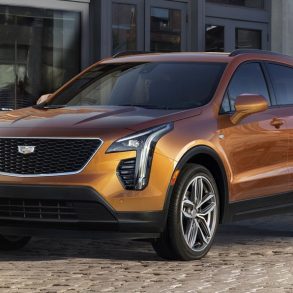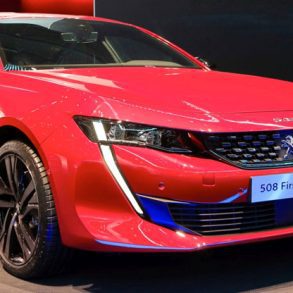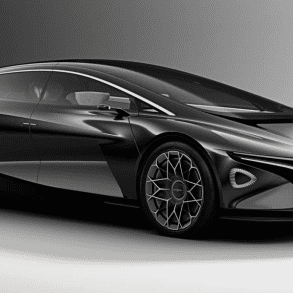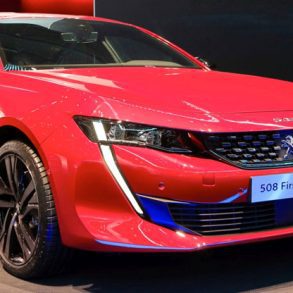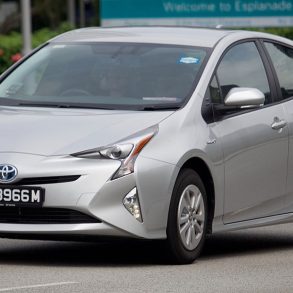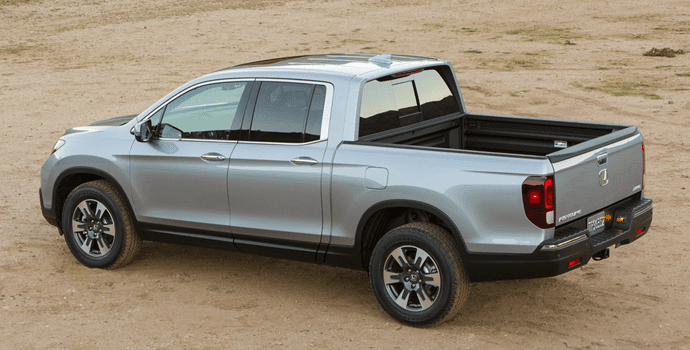 Honda introduced the second generation Ridgeline mid-sized pick-up truck at the North American International Auto Show in Detroit, which is launched at the perfect moment as the US mid-sized pick-up segment is booming thanks to the rebirth of the Chevrolet Colorado and GMC Canyon, the new generation Toyota Tacoma and hopefully later this year a new Nissan Frontier (a.k.a. Navara or NP300 in other parts of the world). That would mean all entrants in this segment, which appeared to have been forgotten just a few years ago, will be less than 3 years old by the end of this year. And then there are rumors that Ford may re-enter the segment with a new Ranger (and Bronco!) as well, so exciting times indeed.
Honda introduced the second generation Ridgeline mid-sized pick-up truck at the North American International Auto Show in Detroit, which is launched at the perfect moment as the US mid-sized pick-up segment is booming thanks to the rebirth of the Chevrolet Colorado and GMC Canyon, the new generation Toyota Tacoma and hopefully later this year a new Nissan Frontier (a.k.a. Navara or NP300 in other parts of the world). That would mean all entrants in this segment, which appeared to have been forgotten just a few years ago, will be less than 3 years old by the end of this year. And then there are rumors that Ford may re-enter the segment with a new Ranger (and Bronco!) as well, so exciting times indeed.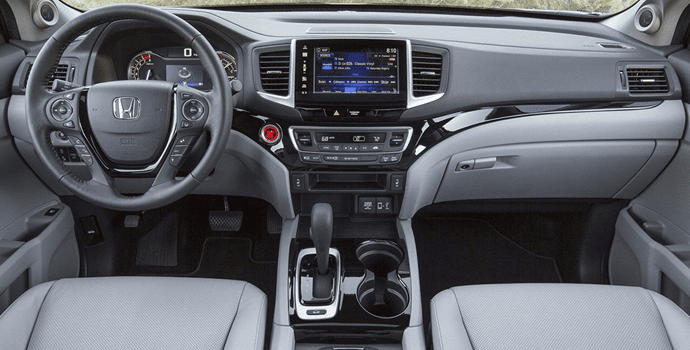
The first generation Honda Ridgeline stood out from the crowd both technically and aesthetically and hasn’t really been a huge sales success in North America, peaking at 50.000 US sales in 2006 but quickly dropping to 10.000-18.000 annual sales. But Honda clearly thought that the odd exterior design with the high rear side-panels must have been one of the main stumbling blocks, as the brand has opted for a more straightforward design, not to call it plain dull in a time when the competition is putting some flair into their mid-sized trucks.
Fortunately, Honda has kept all the features that made it one of the most practical pick-ups on the market, like the dual-action tailgate that not only opens downward, but also sideways to the left so you can reach further into the bed. And then there’s the In-Bed Trunk, a large lockable trunk underneath the bed floor, equipped with a drain plug for easy cleaning, and for draining the icewater after you’ve kept your drinks cool. The rear seats fold up to create additional cargo space in the cab and it has a 400W power inverter and an audio system in the bed.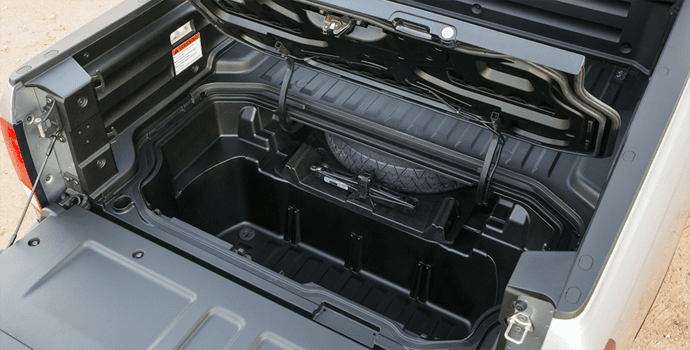
The Ridgeline is the only pick-up truck that uses a unibody construction and that has both its advantages and its disadvantages, which means it will be the perfect vehicle for some people and a no-go for others. For starters, the Ridgeline excels at the “feminine” qualities like practicality, fuel economy, on-road handling and comfort, roominess and safety, while it lags the competition in “masculine” qualities like off-road capability and towing capacity. This way, it ekes out is own little niche, without really ruling itself out for most of the target group, except maybe on its uninspiring styling. At least the Black Edition looks pretty cool, especially from the inside it’s a huge improvement from the standard trim.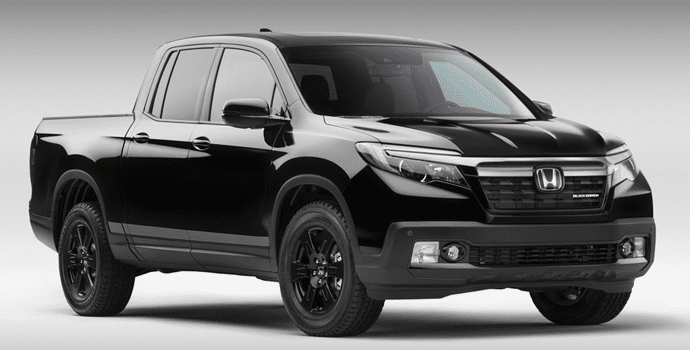
On one hand traditional pick-up buyers still rate off-road capability and towing capacity among the most important features of their truck, even though they may never use these capabilities, and image is another factor in this, that’s why Toyota is selling quite a few TRD Pro off-road packages on the Tacoma. On the other hand you’d think that mid-sized pick-up buyers are looking for better fuel economy with a lesser importance on capabilities, otherwise they’d spend a few extra bucks on a full-sized truck. I guess what I’m trying to say here that the Honda Ridgeline offers everything that most mid-sized pick-up trucks need, but that may not be enough to convince them to give it a second look. It’s a feminine truck trying to break through in a masculine world.
So whether Honda is onto something here remains to be proven. It may hit a glass ceiling, but at least the Ridgeline is a real Honda now: smart solutions in a very practical and fuel efficient vehicle with an inoffensive if not forgettable design.
Let me know what you think of it:

